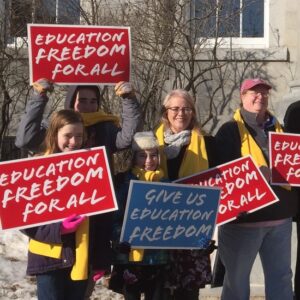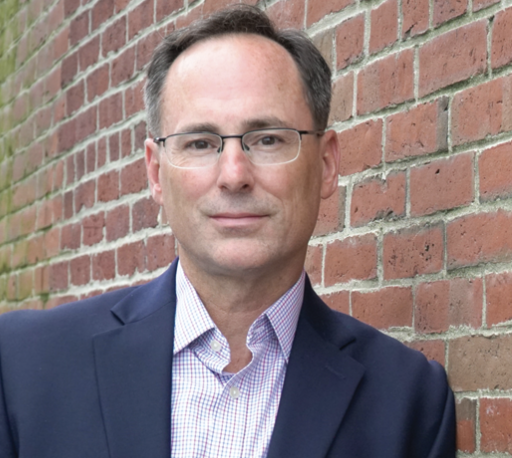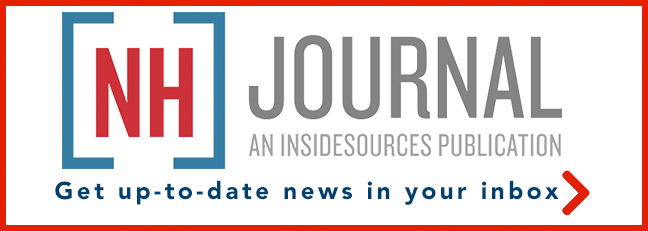This article originally appeared at JBartlett.org.
The State of New Hampshire and its towns and cities provide the opportunity to obtain a publicly funded education to every school-age child, regardless of income.
And no one complains that this unfairly benefits higher-income households.
To illustrate the point, the median household income in Hopkinton is $130,216. That’s 55 percent higher than in Concord ($83,701) and 36 percent higher than the statewide median household income of $95,628, according Census data.
Yet the state doesn’t try to lower costs by telling Hopkinton to close the schoolhouse doors to its more prosperous families, who, after all, could probably afford private school tuition.
The state certainly could means test public education services, treating public education like a poverty relief program. But it does not. Why?
Because New Hampshire has always considered public education a core government service provided to all, like roads, courts and public safety services.
And that is how Granite Staters use public education.
Currently, 75 percent of New Hampshire households earning more than $200,000 a year send their children to public schools, according to Census data. The state doesn’t tell those children that their families make too much money to access public education. Yet the state says exactly that to children who want to use Education Freedom Accounts and Tax Credit Scholarships.
Though eligibility is capped at 350 percent of the federal poverty level, Education Freedom Accounts are not an anti-poverty program. The income caps were established to prevent the new program from being overwhelmed in case initial demand was high, and to limit the initial fiscal impact on the Education Trust Fund. They were a temporary measure to ensure a successful rollout of the program.
These eligibility limits are similar to those placed on the tax credit scholarship program, and for similar reasons. Initially, 70 percent of tax credit scholarships were reserved for students enrolled in a district public school. But that percentage declines over time.
New Hampshire has five methods of delivering a public education to students:
1: District public schools;
2: Chartered public schools;
3: Town tuitioning;
4: Tax Credit Scholarships;
5: Education Freedom Accounts.
The first three options are available to all students, regardless of income. The last two are income-restricted.
The difference between methods 1-3 and methods 4-5 is that parents are empowered to choose the source of their child’s education in the latter two methods. It is NOT that students can attend non-public schools.
Through the town tuitioning program approved in 2017, New Hampshire already pays for students of any income level to attend a private school if their local district does not offer a public school in their grade span.
There are two primary difference between town tuitioning and the EFA programs. 1. The EFA program costs taxpayers a fraction of tuitioning, as students have access only to their state adequacy grant and not the local portion of their public education allotment. 2. The non-district educational options are limited in the tuitioning program to approved schools selected by the local district.
In other words, New Hampshire already has a public education program that funds private school education, costs more per pupil than the Education Freedom Account program and includes students of all income levels.
Education Freedom Accounts operate under a similar principle to the town tuitioning program. If the local district school does not offer the services the student needs, the student can shop for an education provider that does.
The difference is that the town tuitioning program presumes that a student will receive the education he or she needs in his or her assigned public school. The EFA program acknowledges that this is not always the case.
Though New Hampshire’s public schools are among the best in the nation, not every child thrives in his or her assigned public school. Many students, regardless of income, would find a better educational fit elsewhere (including in a different district school).
This is no trivial matter. Finding the right educational environment can change a child’s life. It can mean the difference between long-term success or failure.
House Bill 115 would allow New Hampshire families to match their child to the education that best fits that child’s needs.
We know from school choice programs in other states that empowering parents to shop for education does not destroy local public schools. On the contrary, it improves them, as market competition improves costs and services in all industries. Of 29 quality studies done to test the performance of public school students after the introduction of a school choice program, 26 have found positive effects.
Likewise, claims that universal eligibility for Education Freedom Accounts will immediately cost the state $100 million are unfounded.
No school choice program in the United States has 100 percent enrollment of eligible participants.
In the first year of New Hampshire’s EFA program, just 15 percent of eligible private school students enrolled. In 2024, only 24.6 percent of eligible private school students were enrolled.
Data from New Hampshire and other states show that private school take up rates start relatively small and grow over time. And still, even the oldest programs do not have 100 percent enrollment.
If legislators are concerned about the initial cost of expanding EFA eligibility, there are ways to phase in access to the program that don’t involve income caps, which violate the state’s longstanding principle of providing a public education to all school-age children.
Ultimately, the argument against universal EFAs is not an argument against providing a public education to higher-income families. New Hampshire already does that. It’s an argument that higher-income families might actually prefer this option if it’s given to them (which doesn’t express a lot of confidence in district public schools).
But that’s not an argument for denying all students this option. It’s an argument for using this option to improve district public schools, making them more attractive to families, which is what volumes of research on school choice suggests will happen.
Universal eligibility would give every New Hampshire student access to an education that works for that individual child, which is something the current system does not achieve. That would fulfill the promise of public education while also creating the competitive forces necessary to drive improvements in the traditional public school system. In the end, all children would win, regardless of which educational option they chose.
But that universal win can’t happen without universal access to education freedom.





